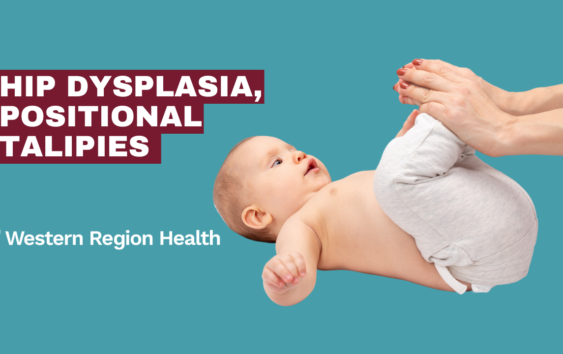General | April 14, 2023
Is RICE Outdated? What To Do Instead To Treat Ankle Injuries?
Avram Baldoria-PHYSIOTHERAPIST-Bachelor of Science in Physical Therapy
The RICE method (Rest, Ice, Compression, Elevation) has been the go-to treatment for ankle injuries for decades. However, recent research suggests that this method may not be as effective as previously thought and may even delay the healing process.
The RICE method was first introduced in 1978 and quickly became the standard treatment for acute soft tissue injuries. The idea behind RICE is to reduce pain and inflammation, prevent further injury, and promote healing. The acronym stands for:
- Rest: avoid using the injured area to prevent further damage
- Ice: apply ice to reduce pain and swelling
- Compression: apply a compression bandage to reduce swelling
- Elevation: keep the injured area elevated to reduce swelling
While this method has been widely used for ankle injuries, recent studies suggest that it may not be the most effective approach. In fact, some researchers argue that RICE may even be harmful and delay the healing process.
One study published in the British Journal of Sports Medicine found that ice and compression may actually delay the healing process by reducing blood flow to the injured area. The study also found that resting the injured area for more than two days can lead to decreased muscle strength and range of motion.
Another study published in the Journal of Athletic Training found that the use of ice and compression did not reduce swelling or improve function in patients with ankle sprains. The study concluded that the use of ice and compression may not be necessary for the treatment of ankle sprains.
So if RICE is outdated, what is the latest research suggested for the treatment of ankle injuries? Here are some alternative treatments that may be more effective:
- Controlled movement and exercise: Rather than complete rest, controlled movement and exercise can help promote blood flow and prevent muscle atrophy. This can include gentle range of motion exercises, walking, or physical therapy.
- Heat therapy: Heat therapy can help promote blood flow and speed up the healing process. This can include using a hot water bottle, warm compress, or a heat pad.
- Nonsteroidal anti-inflammatory drugs (NSAIDs): Over-the-counter NSAIDs such as ibuprofen or aspirin can help reduce pain and inflammation.
In conclusion, the RICE method may not be the most effective treatment for ankle injuries. Instead, controlled movement and exercise, heat therapy, and NSAIDs may be more effective in promoting healing and reducing pain and inflammation. Book in for a consultation with one of our osteopaths or our physiotherapist to discuss the best treatment plan for your specific injury.
References:
- Bleakley CM, et al. Cooling an acute muscle injury: can basic scientific theory translate into the clinical setting? Br J Sports Med. 2012;46(4):296-8.
- Hubbard TJ, et al. Does Cryotherapy Improve Outcomes With Soft Tissue Injury? J Athl Train. 2004;39(3):278-279.
- Kaminski TW, Hertel J, Amendola N, et al. National Athletic Trainers’ Association position statement: conservative management and prevention of ankle sprains in athletes. J Athl Train. 2013;48(4):528-545.


